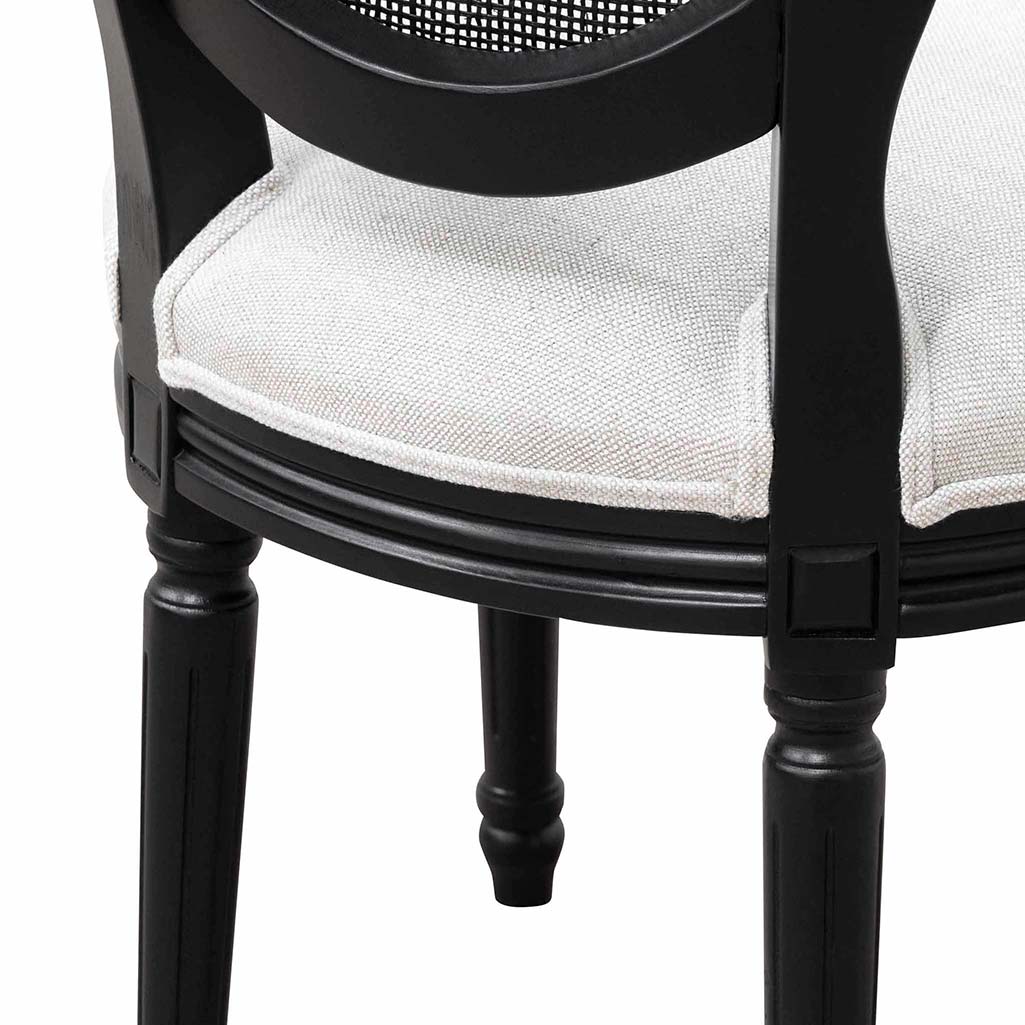Moving furniture can be one of the most daunting tasks, whether you’re relocating to a new home or simply rearranging your current space. Large, heavy, and often awkwardly-shaped pieces pose a significant challenge, especially if you’re not well-prepared. Without the right techniques and tools, not only do you risk damaging your furniture, walls, or floors, but you also run the risk of injury.
While smaller items like boxes and personal belongings are manageable, the thought of moving a bulky couch, a fragile glass table, or a towering bookshelf might seem overwhelming. That’s why it’s essential to take a proactive approach by understanding how to properly plan, prepare, and execute the move safely.
1. Plan Ahead for a Smooth Move
One of the most important steps in moving furniture safely is planning. By preparing in advance, you reduce the risk of last-minute accidents or issues.
Create a Moving Plan
- Take inventory: List all the large, heavy, or awkward furniture pieces.
- Measure doorways and hallways: Ensure each piece can fit through all entrances and paths.
- Clear obstacles: Remove clutter from doorways and hallways to make the moving process smoother.
Route Planning
- Before you start moving, map out the path you'll take for both moving items out of your current home and into your new one.
- Prioritize heavier items: Begin with larger furniture, such as couches or dressers, and save smaller, lighter items for last.
2. Use the Right Tools and Equipment
Attempting to move heavy furniture without proper equipment is risky. Make sure you have the right tools to help ease the process and prevent strain or injury.
Essential Moving Equipment
- Furniture sliders: Use these under furniture legs to easily glide items across the floor without causing scratches.
- Dollies: A two-wheeled dolly is great for taller items, while a four-wheeled one works well for wider pieces.
- Lifting straps: These help take the strain off your back by distributing the weight to larger muscle groups.
- Furniture covers and blankets: Wrap delicate or upholstered furniture to avoid rips, scratches, or other damage.
- Plastic stretch wrap: Perfect for securing loose parts and protecting upholstery.
3. Dismantle Large Pieces When Possible
Taking apart large furniture can make moving much easier and reduce the risk of damage to both the furniture and your home.
Items to Disassemble
- Tables: Remove legs and secure them with bubble wrap.
- Bed frames: Take apart headboards, footboards, and bed slats.
- Couches and chairs: Remove legs, cushions, and any detachable parts.
- Storage pieces: Remove drawers from dressers or shelves from cabinets to make them lighter and easier to handle.
4. Use Proper Lifting Techniques to Avoid Injuries
Lifting heavy furniture incorrectly can cause serious injuries. It’s important to use safe lifting methods to protect yourself and others.
Safe Lifting Tips
- Lift with your legs, not your back: Keep your back straight, bend your knees, and use your legs to lift.
- Hold furniture close to your body: This helps maintain balance and reduces strain on your arms and back.
- Work with a partner: For taller pieces, one person should carry the top, and the other should carry the bottom.
- Communicate clearly: Make sure everyone lifting knows the plan and follows the same techniques to avoid accidents.
5. Protect Your Furniture and Home
Protecting your furniture and home during the move is essential to avoid damage.
Wrap Furniture Properly
- For wooden items: Use moving blankets and avoid direct plastic contact to prevent scratches.
- For upholstered pieces: Use plastic stretch wrap to protect from dust and dirt.
- For fragile items: Wrap glass table tops, mirrors, or lamps with bubble wrap and pack them securely in boxes.
Protect Doorways and Floors
- Doorways: Use door stoppers to hold doors open and prevent accidental damage.
- Floors: Lay down moving blankets or use furniture sliders to protect hardwood or tiled floors from scratches.
6. Don’t Hesitate to Hire Professional Help
If moving furniture feels overwhelming or if safety is a concern, don’t hesitate to call in professional movers and packers. They are trained to handle heavy, bulky furniture and have the right tools to move it efficiently and safely.
Why Hire Professional Movers?
- Safety: Movers are experienced in handling furniture, reducing the risk of injury.
- Efficiency: With the right equipment, movers can save time and effort.
- Insurance: Many moving companies provide insurance coverage, ensuring your belongings are protected.
Final Tips for Safe Furniture Moving
- Don’t rush: Take your time to avoid accidents.
- Use a team approach: Always have help when moving large or heavy pieces.
- Label dismantled pieces: Use labeled bags for screws and small parts to avoid confusion later.
Moving furniture doesn’t have to be stressful or dangerous if you follow these safety tips. Whether you’re handling the move yourself or seeking help from professionals, planning, using the right tools, and following safe techniques will ensure a smooth and successful move. Start preparing now, and you’ll have your furniture in its new place without a hitch!







